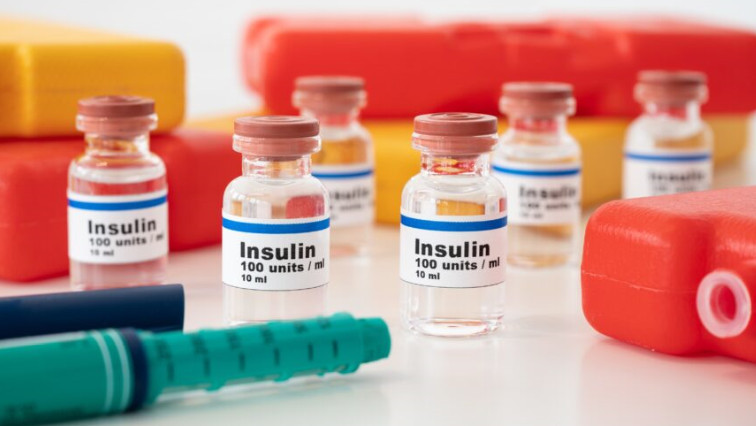Published in the world-leading journal Advanced Materials, the preclinical study engineered a superior artificial pancreas system to release insulin precisely and smartly only when the body actually needs it, making control of blood glucose more reliable.
The researchers from Monash University, RMIT University, The University of Melbourne and the Baker Institute developed a system that responds to glucose, which current insulin does not.
Co-first author Dr Rong Xu, from the Monash University Central Clinical School’s Australian Centre for Blood Diseases, and Dr Sukhvir Kaur Bhangu from RMIT University and the University of Melbourne said if it worked in humans, only two injections would be needed per day.
Current insulin therapy requires people to monitor their blood sugar throughout the day and take multiple, carefully calculated doses based on food intake, exercise, stress, illness and other factors.
Some must inject themselves up to five times a day. Continuous glucose monitoring devices remove, or at least reduce, the need for finger pricks, and insulin pumps can automatically deliver insulin, but they are very expensive and still are not always able to calculate the correct amount of insulin to be given.
The multidisciplinary team developed a new ‘artificial pancreas system’ using phytoglycogen nanoparticles, which are chains on glucose molecules dubbed a ‘nanosugar platform’ as they are made of glucose, to deliver and release insulin in response to glucose levels in the blood.
This engineered nanosugar platform enabled rapid and sustained glucose-responsive insulin delivery, which was longer lasting and smarter than other systems.
Dr Xu said it required only one injection every 12 hours and self-regulated. “This system would mean fewer injections and, potentially, no need to measure glucose,” Dr Xu said.
Read the original article on Monash University.







